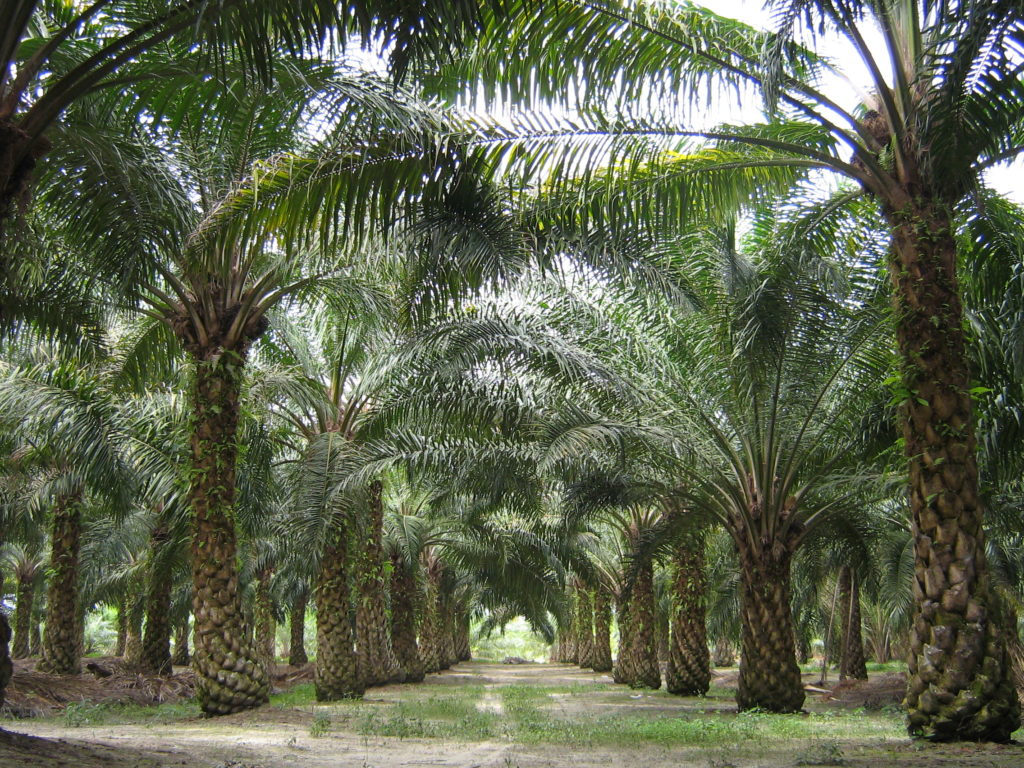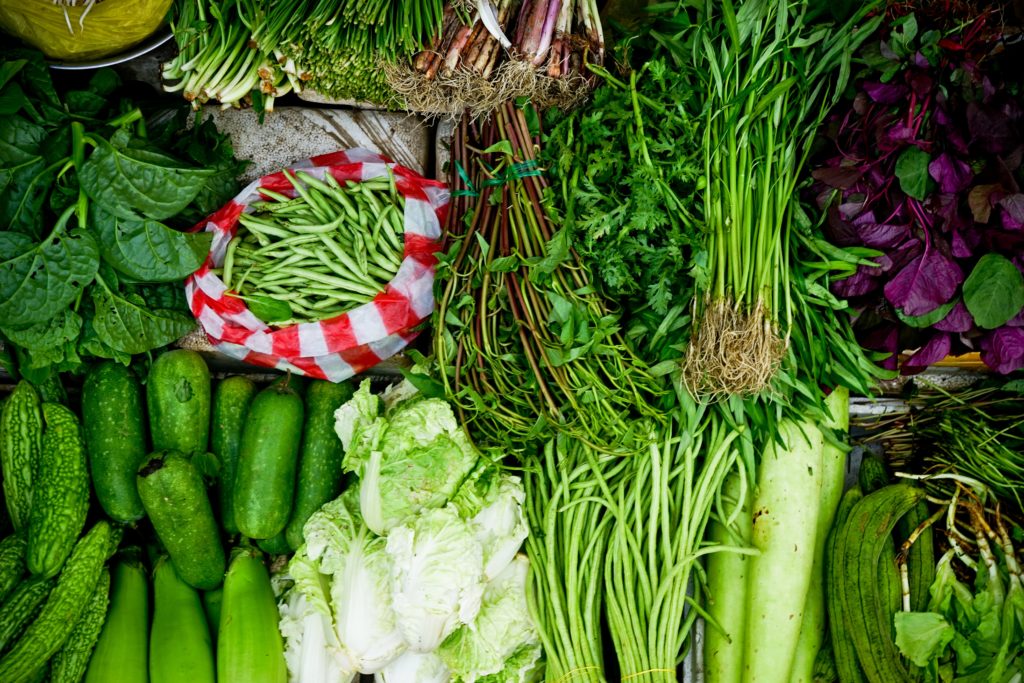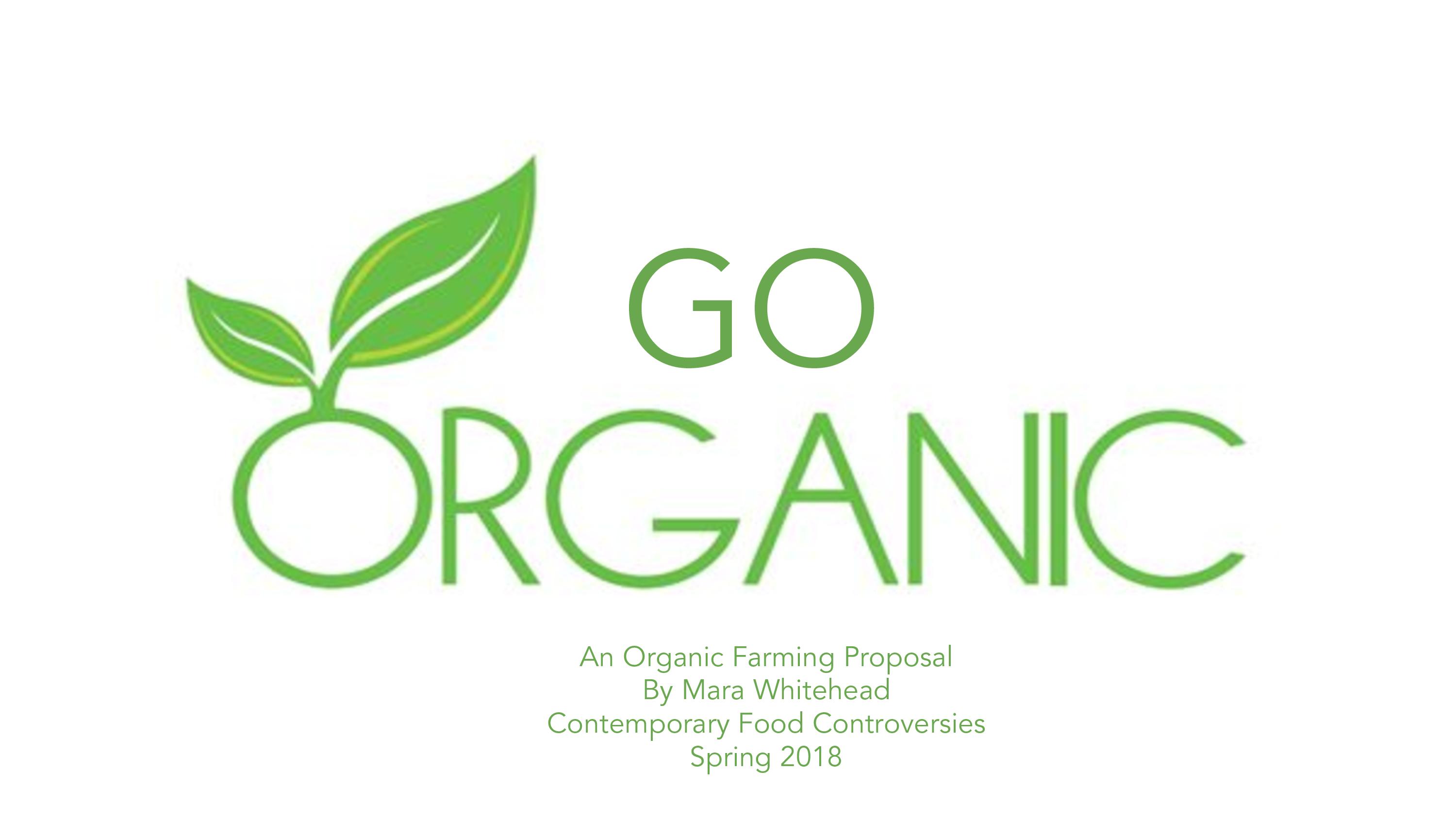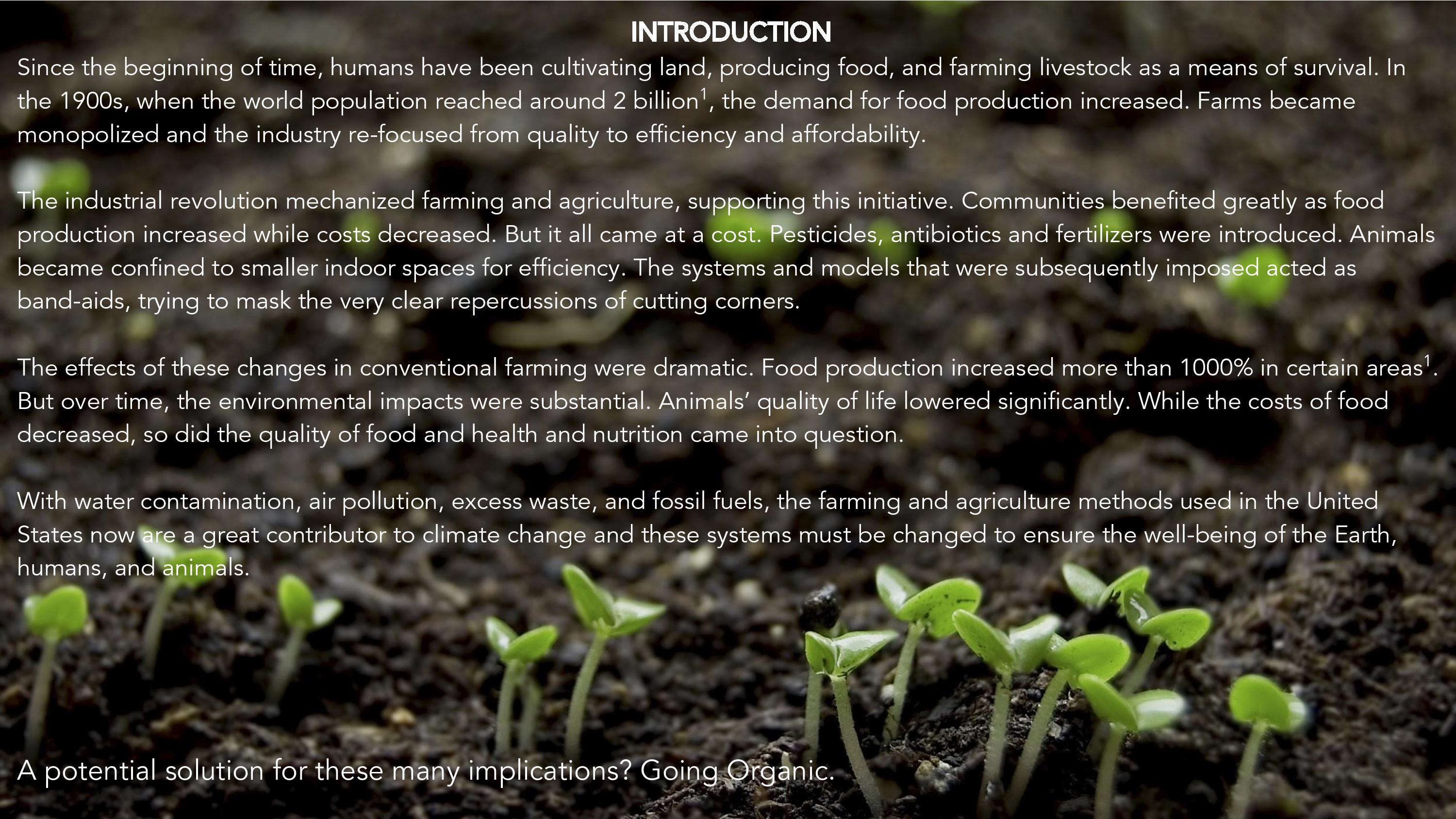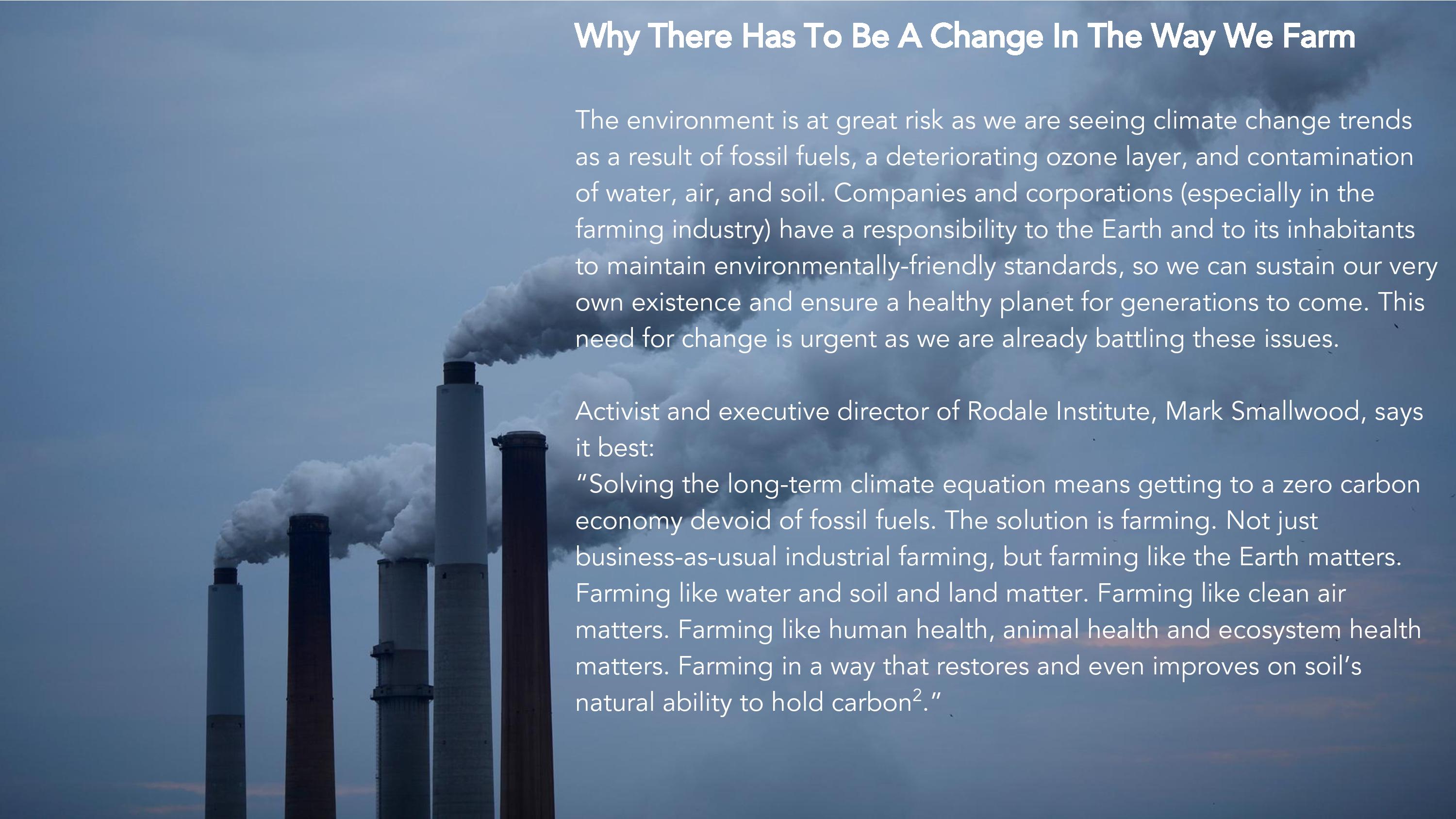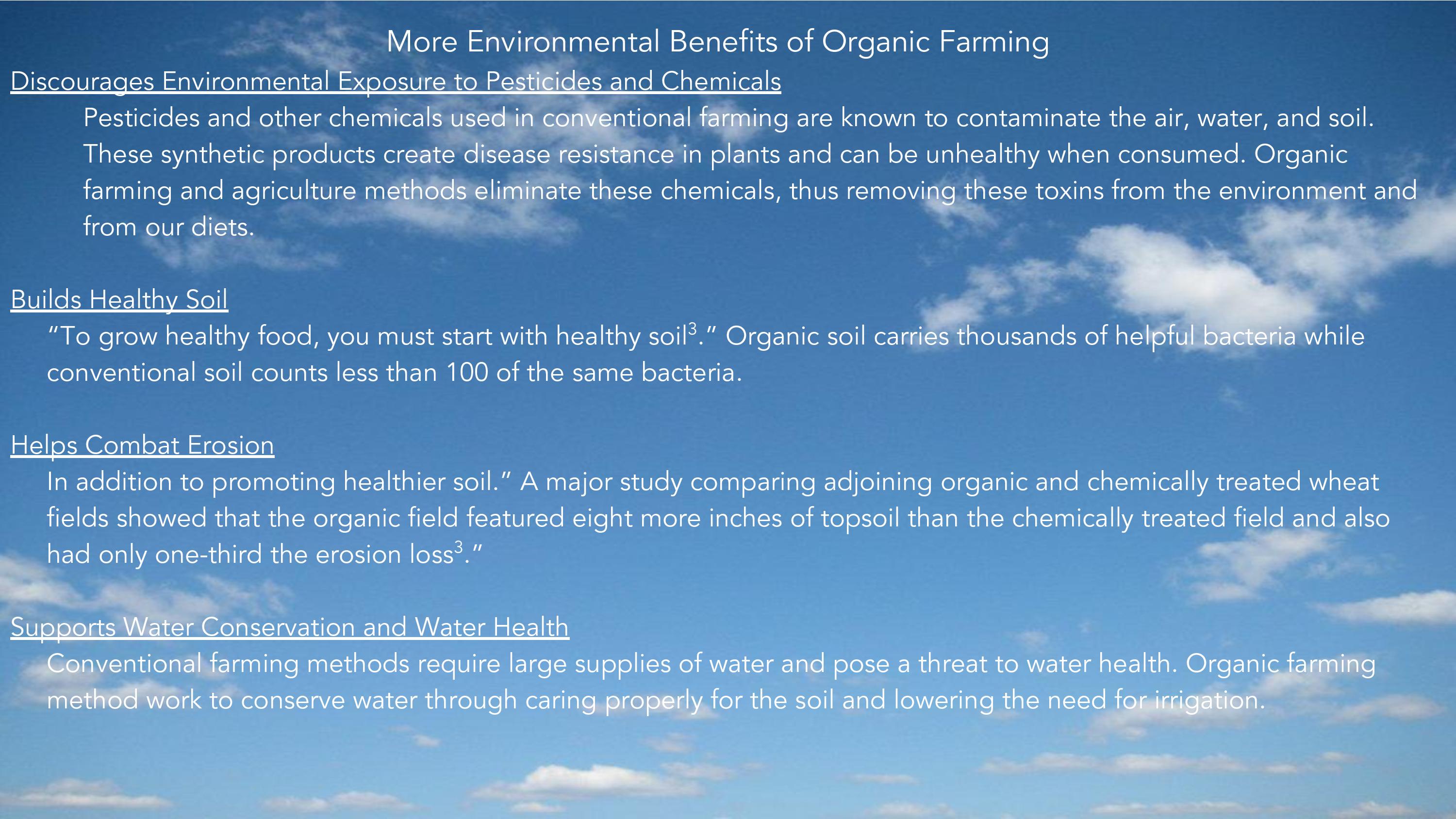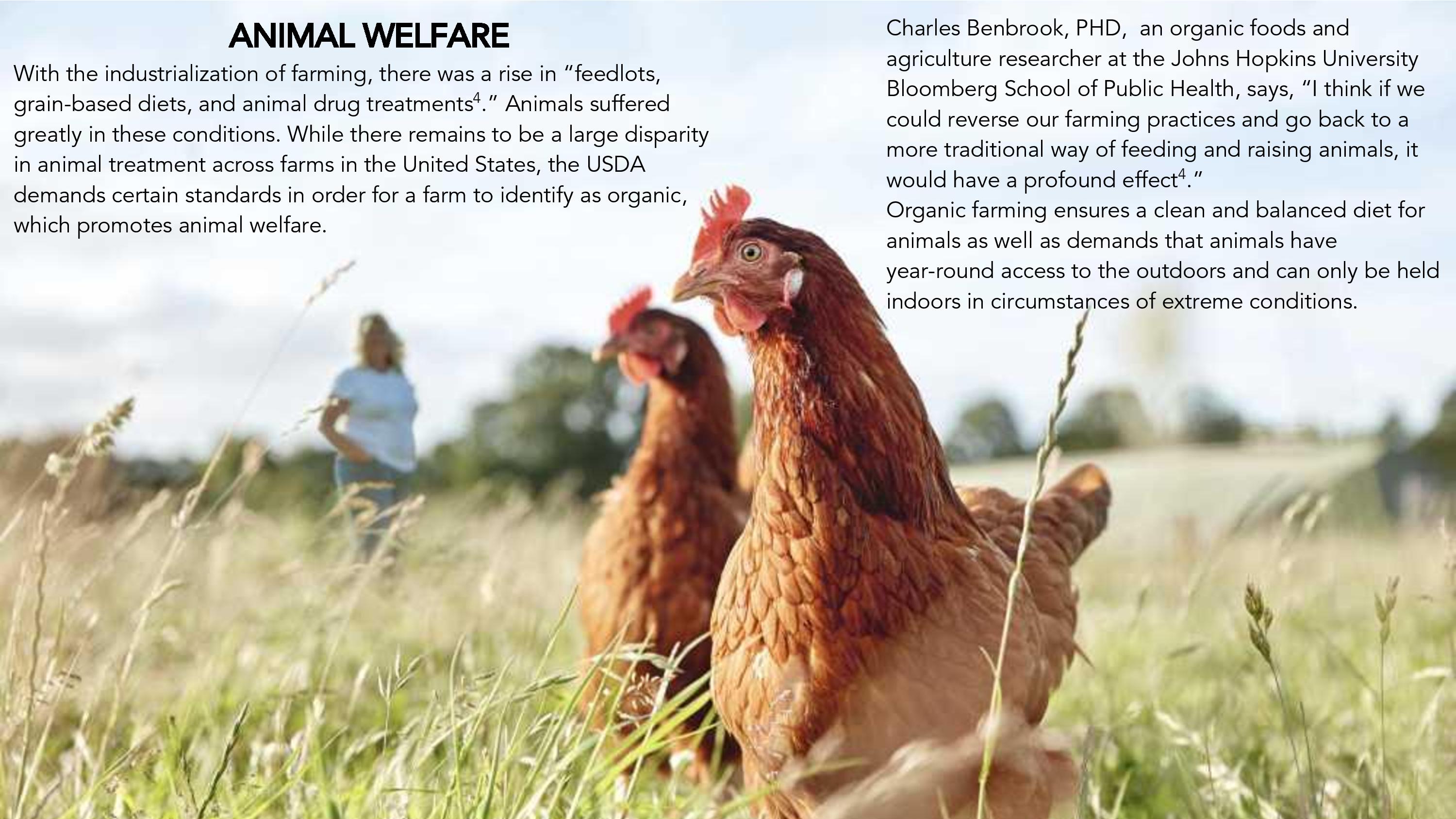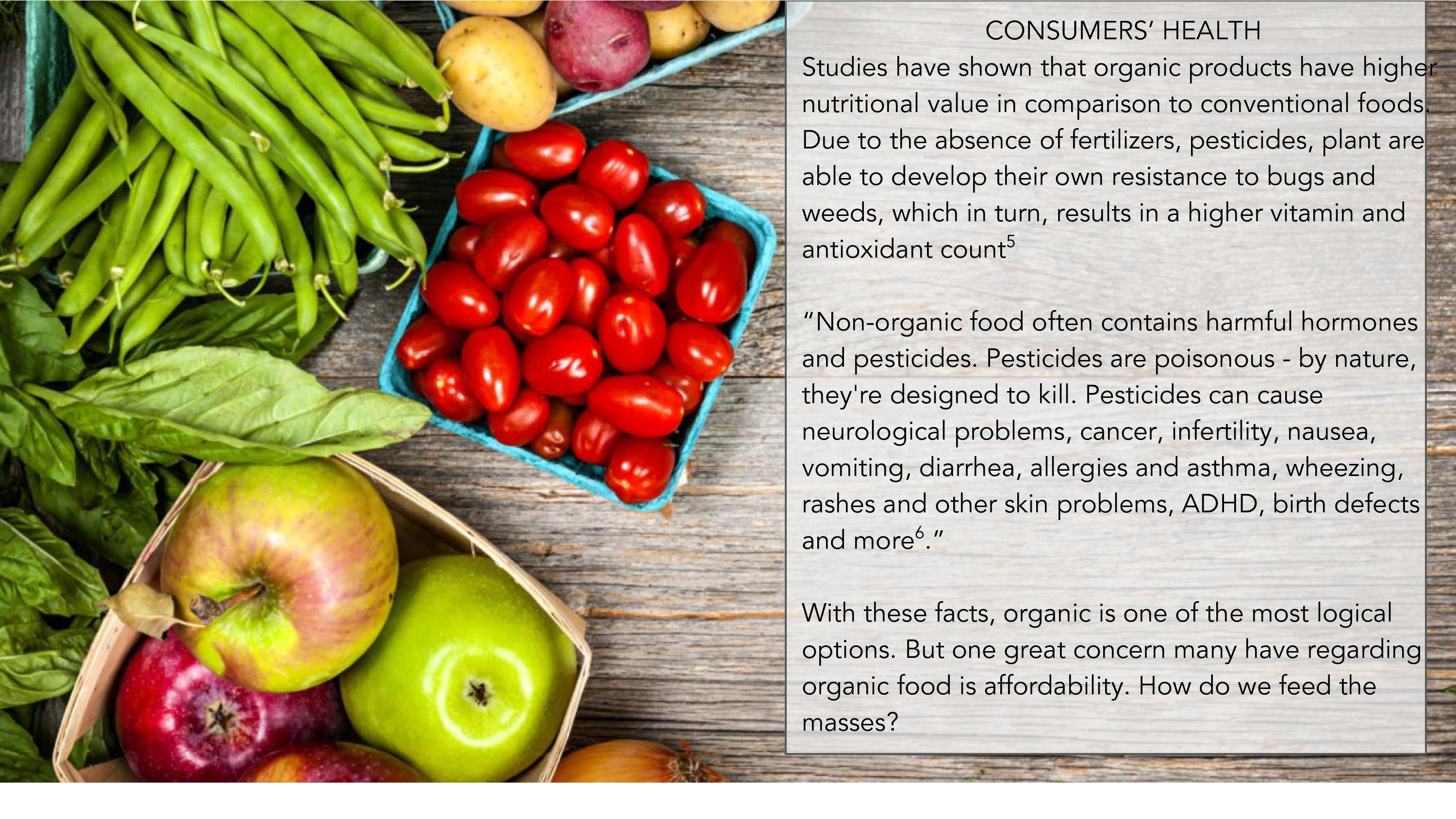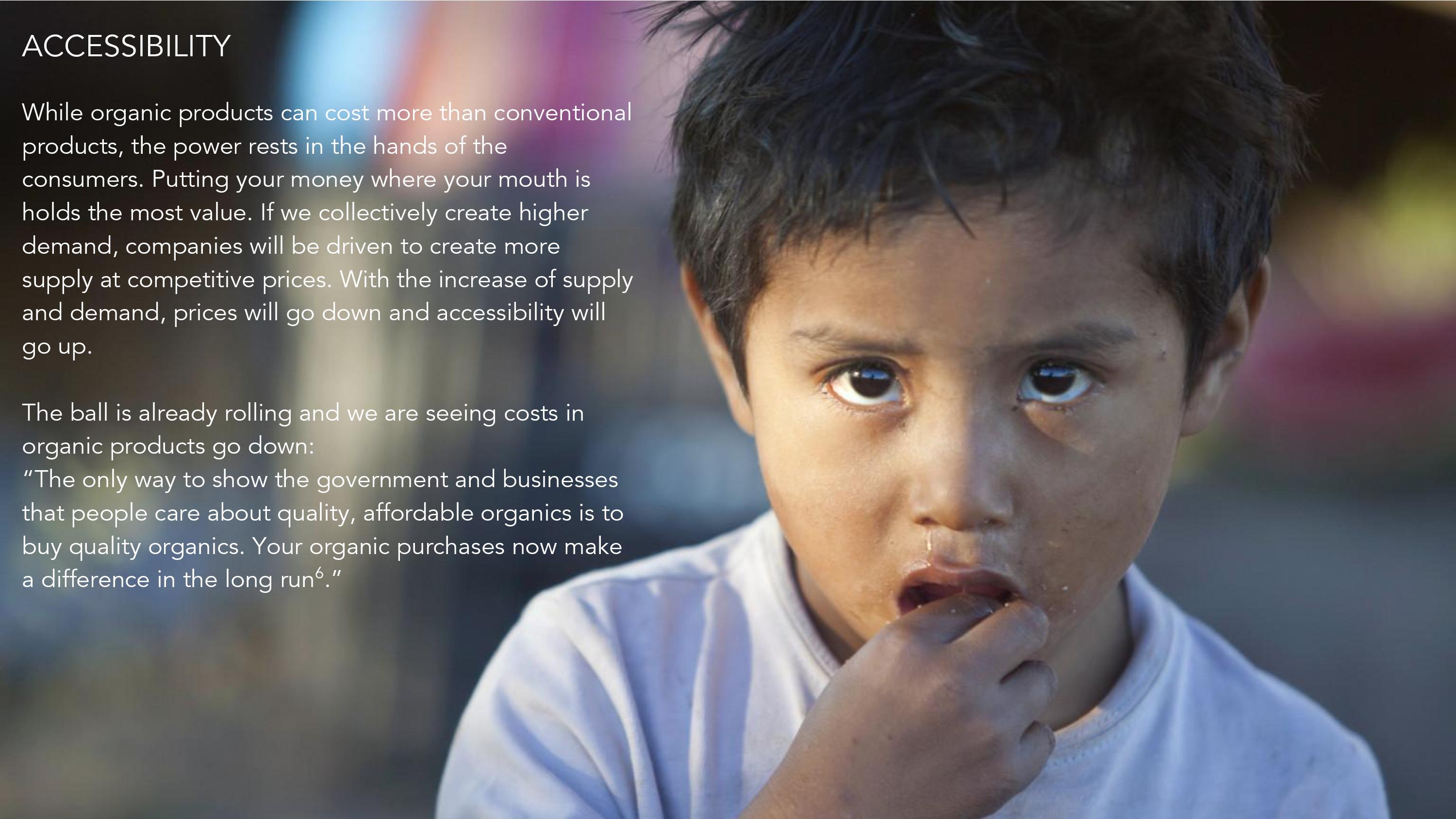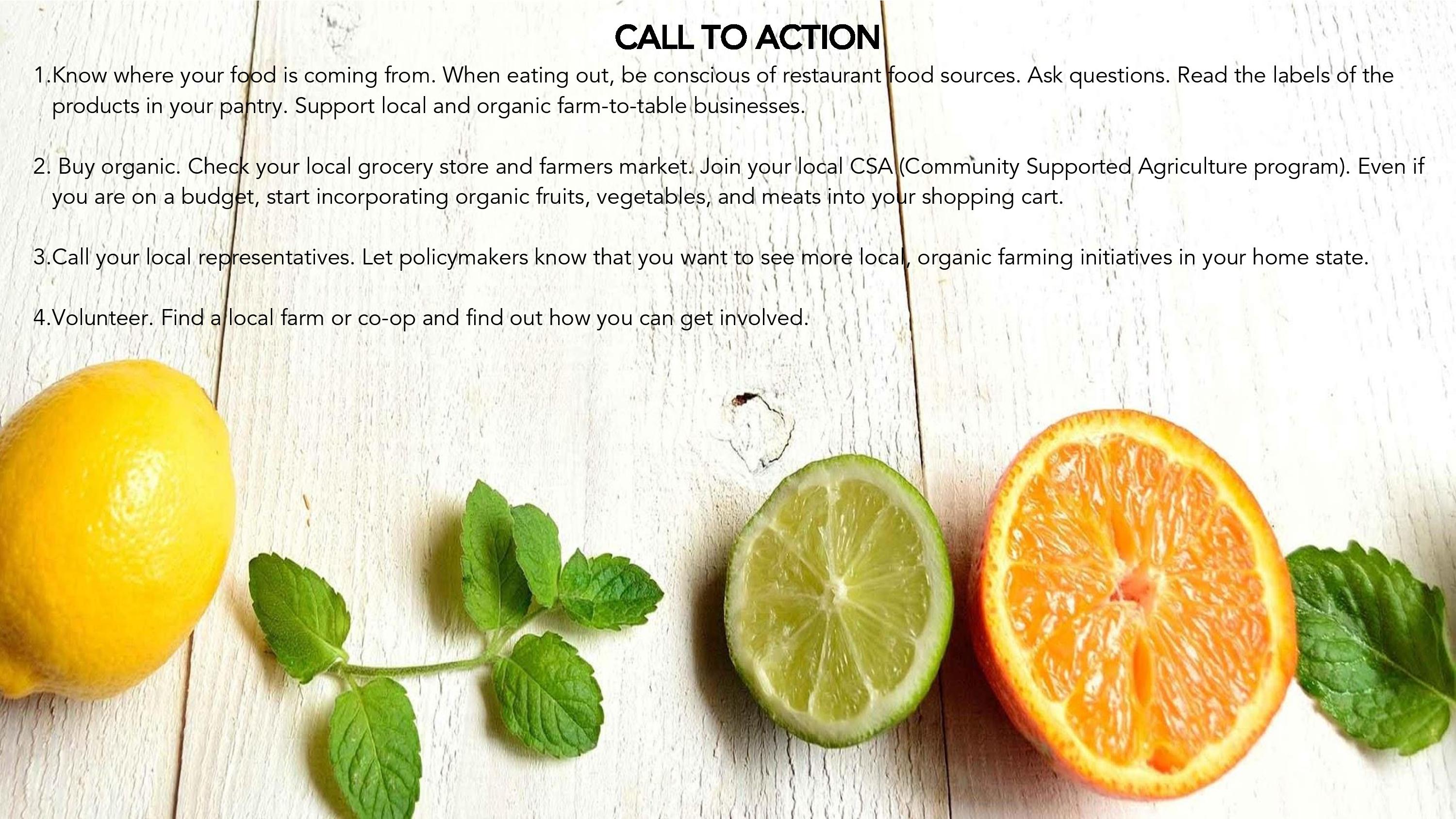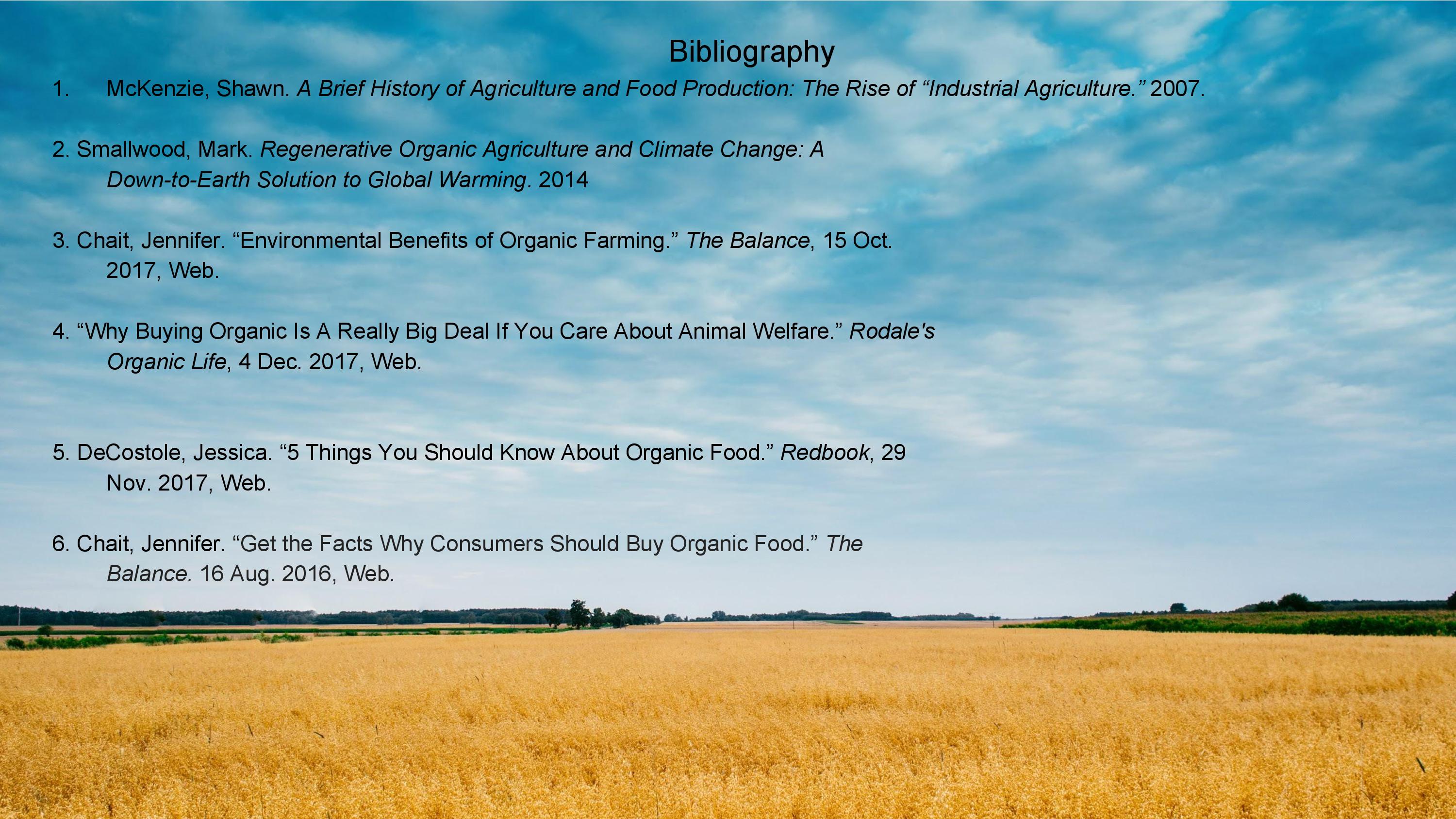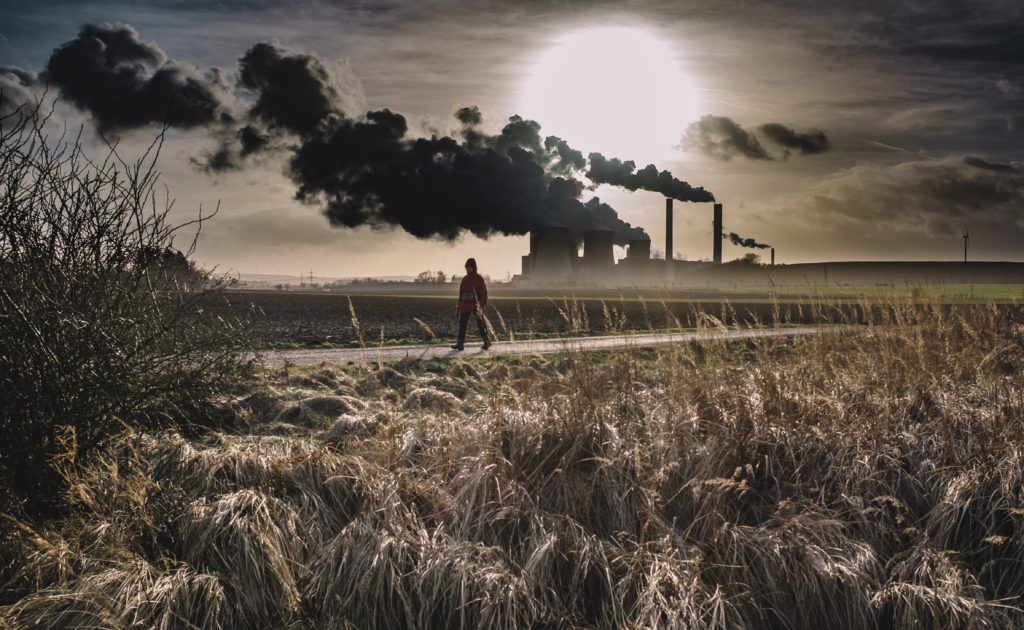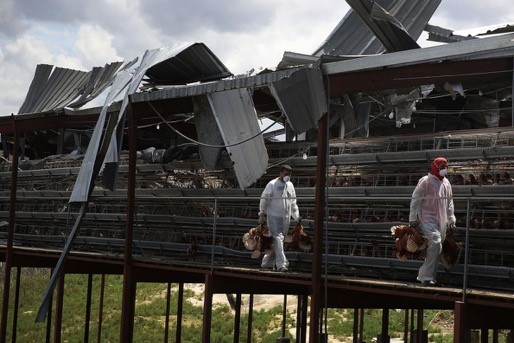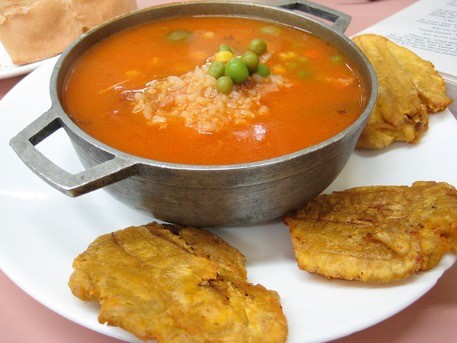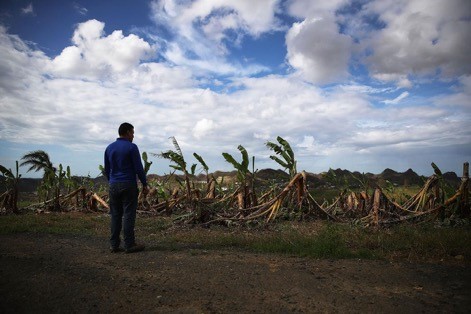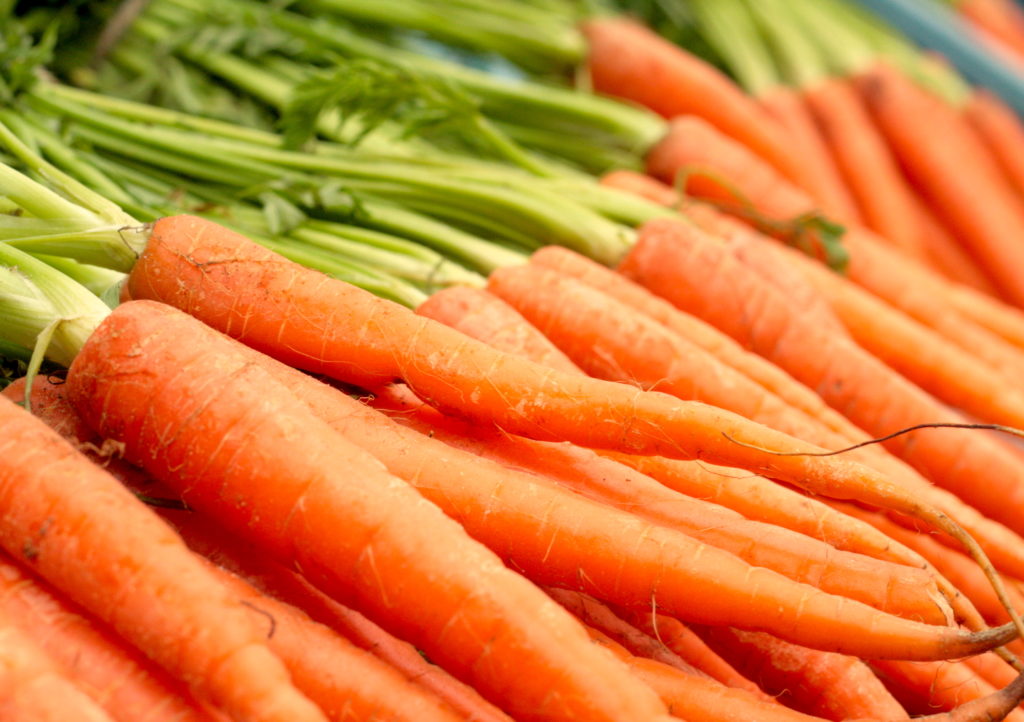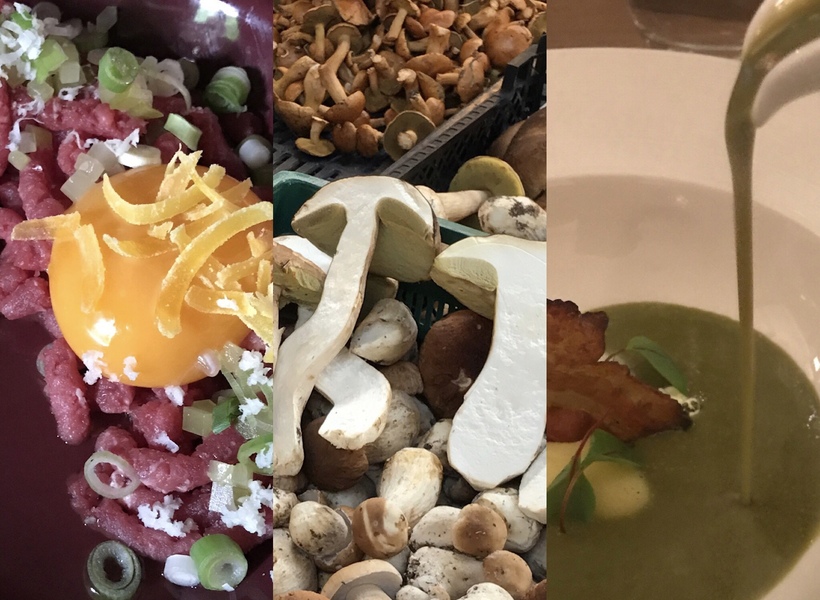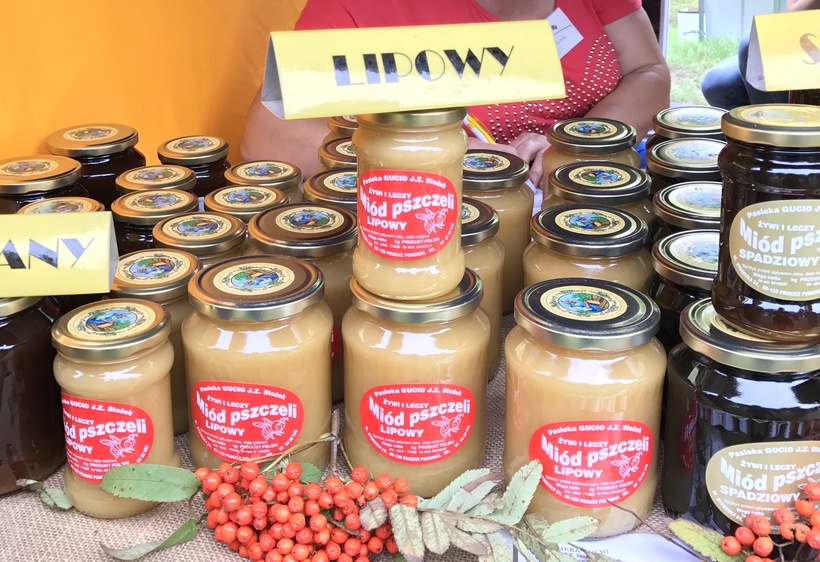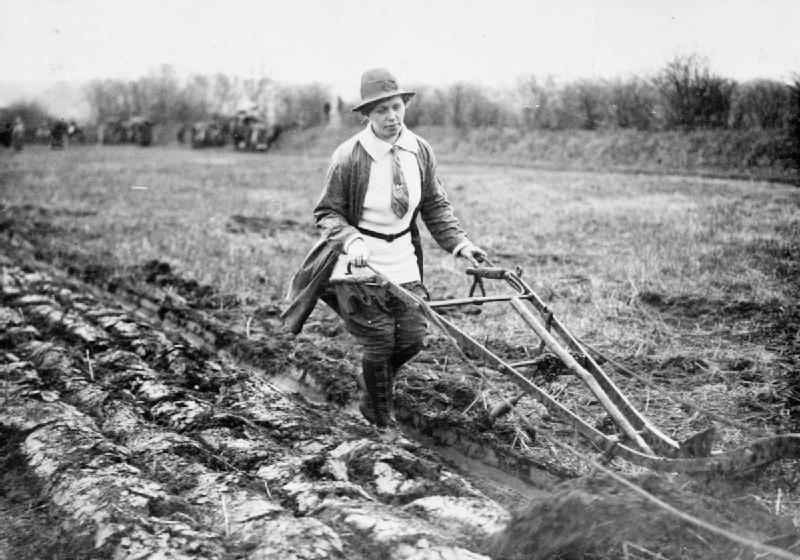
Our Climate Curriculum Disruption series will highlight projects completed by New School students during our week-long, university-wide curriculum disruption, interrupting “business as usual” and turning our attention to climate change and its implications, particularly the unequal and devastating impacts on the most vulnerable and least responsible communities around the globe.
Deforestation and Palm Oil
By Roberta Saban
“Forests are the world’s air-conditioning system-the lungs of the planet. –and we are on the verge of switching it off” (Prince Charles). Forest’s are an essential part to the earth. They are a natural being of the earth, and man kind are simply destroying them through deforestation. Deforestation occurs for a handful of reasons, but majority of those reasons lead back to clearing the land for agricultural and farming purposes. Oil palm plantations are one of the main reasons deforestation occurs in Southeast Asia. Between disrupting earths natural being, causing climate changes, endangering species and affecting communities and workers, deforestation for oil palm plantations causes many serious issues regarding sustainability.
“Deforestation is defined as the conversion of forested areas to other purposes such as agricultural, logging, urbanization, etc (Tan 422)”. Palm Oil is produced in Southeast Asia, mainly in Indonesia and Malaysia. Together Indonesia and Malaysia obtain more than 80% of Southeast Asia’s rainforests but they also produce more than 80% of the world’s palm oil on land that was once these rainforests (Fitzherbert 538). “Between 1990 and 2005 the area of oil palm in Malaysia increased by 1.8 million ha to 4.2 million ha, while 1.1 million ha of forest were lost” (Fitzherbert 539). In Indonesia, between 1990 and 2005, palm oil plantations increased by 4.4 million ha to 6.1 million ha and 28.1 million ha of forests were lost, concluding that palm oil could be accountable for 16% of rainforest deforestation (Fitzherbert 539). “The world is losing 12-15 million hectares of forest each year, and this in turn is causing at least 15 percent of global greenhouse gas emissions” (Editorial Board). Aside from this, most of deforestation in Southeast Asia occurs through land burning which in turn causes large and continuous fires (Tan 422). According to the Worldwide Fund of Nature, three hundred football fields worth of land is destroyed every hour for oil palm plantations. Hourly, land that was once rainforests are being burnt to the core for the purpose of oil palm plantations. Overall, forests in Southeast Asia are diminishing little by little mainly due to palm oil.
“An extremely versatile commodity that’s cheaper and more efficient to produce than other vegetable oils, palm oil is currently used in half of all consumer goods” (Mosbergen). Due to its cheapness, the demand for palm oil is extremely high especially in the west and the demand will only become greater as the years go on. “Global palm oil production is increasing by 9% every year, prompted largely by expanding biofuel markets in the European Union and by food demand in Indonesia, India and China” (Fitzherbert 538). Palm oil is used in food products such as ice cream and chocolate; “In fact, 50 percent of packaged food items in American supermarkets contain it” (Gonchar 1). It is even the main vegetable oil that is used. “Palm oil is not exempted and it is claimed that virgin tropical forests are cleared to make way for oil palm plantations and causes a great effect to the ecology stability” (Tan 422). Instead of producing palm oil on farmland that already exists, farmers cut down forests in order to create their own oil palm plantations. It was even reported that producers like to cut down forests rather than using land that’s already cleared because the timber from the trees can be sold and therefore they make more money. Due to it being more profitable this way, palm oil producers are more likely to use deforestation as a way to create land for oil palm plantations. This as well as its cheapness is what makes it so popular, and it will likely only become more popular which is why sustainability is extremely important.
Oil Palm plantations are also contributing to climate change through deforestation. “Land use change from forest to cash crops such as oil palm and rubber plantations does not only impact biodiversity and stored carbon, but also has a surface warming effect, adding to climate change,” says Knohl, a professor in bioclimatology” (Energy Weekly News). A study by Knohl and his team was done in order to test their theories of oil palm plantations contributing to warmer climates in Indonesia. They studied forests, clear-cut land and cash crops in Jambi province of Sumatra. Results found that clear-cut land was 10 °C warmer than forests (Energy Weekly News 183). “Mature palm oil plantations were about 0.8 °C warmer than forests, while young palm oil plantations were 6 °C warmer” (Energy Weekly News 183). “Sabajo says surface temperatures in forests are lower than in palm oil plantations and clear-cut land mainly because of “evaporative cooling”, which is similar to the process that cools us down when we sweat. There’s more evaporation and transpiration of water from plants and the soil into the atmosphere in a forest than in clear-cut land or a young oil-palm plantation, meaning the ground is cooler for that type of land cover” (Energy Weekly New 184). In total it was found that the temperature in the Jambi province increases by 1.05°C between 2000 and 2015. “The strong warming effect we show for the Jambi province may serve as an indication of future changes in land-surface temperature for other regions of Indonesia that will undergo land transformations towards oil palm plantations,” the scientists write in the study” (Energy Weekly News 184). Oil palm plantations have a direct influence on climate through deforestation. By destroying forests to make oil palm plantations, the climate is being heavily affected.
“The removal or destruction of significant areas of forest has resulted in ecology instability to the natural habitat of the forests (Tan 422).” Aside from disrupting earths natural being, deforestation for oil palm plantations disrupt the natural habitats of animals. “But palm oil has a huge environmental downside, mainly involving deforestation. The clearing of millions of hectares of previously untouched rain forest to make way for palm oil plantations destroys biological diversity and deprives endangered species” (Editorial Board). Asian elephants, Sumatran rhinos and Sumatran tigers are becoming extinct due to tropical forests, their natural habitats, being destroyed for the purpose of oil palm plantations. A main species that is endangered and that is becoming extinct is the Orangutan. “A hundred years ago, an estimated 230,000 orangutans roamed the earth. Today, fewer than 50,000 are left in the wild, living exclusively on the islands of Borneo and Sumatra — islands that happen to be ground zero of one of the world’s most controversial and rapidly growing industries: palm oil” (Mosbergen). Orangutan’s rely on tropical rainforests as a source for shelter and food, when these rainforests are destroyed it forces them to seek shelter and food in less ideal habitats, hence the increase in death rates and decrease in birth rates. They have declined rapidly in the last seventy five years as a result of this. Aside from them having to migrate to less ideal habitats, reports have shown that bewildered orangutans wandering these palm oil plantations that was once their former habitat, are often killed and used as a source of meat. If something isn’t done in the near future, producing palm oil will lead to the extinction of Orangutans among other exotic species of Southeast Asia.
Last but not least, deforestation for oil palm plantations heavily affect local communities. “The Indonesian government has been handing over swathes of indigenous lands to private companies for palm oil cultivation since the 1960s, according to Tomasz Johnson, forest campaigner at the Environmental Investigation Agency” (Mosbergen). Basically individuals that once owned land and were self-sufficient not only loose that land to private companies but now also become laborers. It can have a damaging and distressing impact for these self-sufficient communities who were heavily reliant on the forest for survival. A community elder of the Dayaq Benuaq tribe said, “this is the last remaining forests that we have and the only land we have to survive. If my forests are gone, our lives are gone” (Mosbergen). This only further proves how much deforestation heavily affects local communities. Aside for affecting their environment, they also get affected labor wise, and their working conditions are extremely dangerous. “The palm oil industry has also been associated with widespread human rights abuse, including forced and child labor, according to the U.S. Department of Labor. “[A]mong the estimated 3.7 million workers in the industry, are thousands of child laborers and workers who face dangerous and abusive conditions,” Bloomberg News found in 2013”(Mosebergen). Not only are these plantations causing distress to animals but to our own kind as well.
“Sustainability of palm oil is crucial if this versatile crop is to become the leading vegetable oil in this world” (Tan 424). Sustainability for palm oil is extremely crucial in the environmental aspect. Previously stated, palm oil’s demand will only increase in the coming years and therefore sustainability needs to be reached to ensure a safe environment for the future. “All parties involved with palm oil like plantation owners, financial institutions and banks, manufacturers of palm oil products and governments should play an active role to realize this win-win situation for all” (Tan 425). In order for sustainability to be reached, everyone has to take action including consumers. Whether it be through governmental regulation on land and deforestation or consumers being aware of how the palm oil they buy was produced everyone has to be aware and involved to reach sustainability. Its crucial for the future of the environment since palm oil will only be getting more popular as the years go on.
“For biodiversity, oil palm plantations are a poor substitute for native tropical forests. They support few species of conservation importance, and affect biodiversity in adjacent habitats through fragmentation, edge effects and pollution” (Fitzherbert 544). Deforestation brings distress upon many aspects of life. Whether it be causing climate changes, endangering species or even hurting local communities the way oil palm plantations are produced need to be addressed. In order for palm oil to remain sustainable, different methods need to be sought out in order to keep the earth in its natural happy being and stop disrupting species of all kind.
Works Cited
“Deforestation; Deforestation linked to palm oil production is making Indonesia warmer”. Energy News Weekly, University of Gottingen, 10 Nov. 2017.
Fitzherbert, Emily B., et al. “How Will Oil Palm Expansion Affect Biodiversity?” Trends in Ecology & Evolution, Elsevier Current Trends, 3 Sept. 2008.
Gonchar, Michael. “Endangered Orangutans and the Palm Oil Industry: An Environmental Science Case Study.” The New York Times, The New York Times, 9 Nov. 2017.
Mosbergen, Dominique. “Palm Oil Is In Everything—And It’s Destroying Southeast Asia’s Forests”. The Huffington Post, TheHuffingtonPost.com, 9 Sept. 2015.
Tan, K.T., et al. “Palm oil: Addressing issues and towards Sustainable Development.” Renewable and Sustainable Energy Reviews, Pergamon, 29 Nov. 2007.
The Editorial Board. “Palm Oil’s Deceptive Lure”. The New York Times, The New York Times, 4 May 2017.

